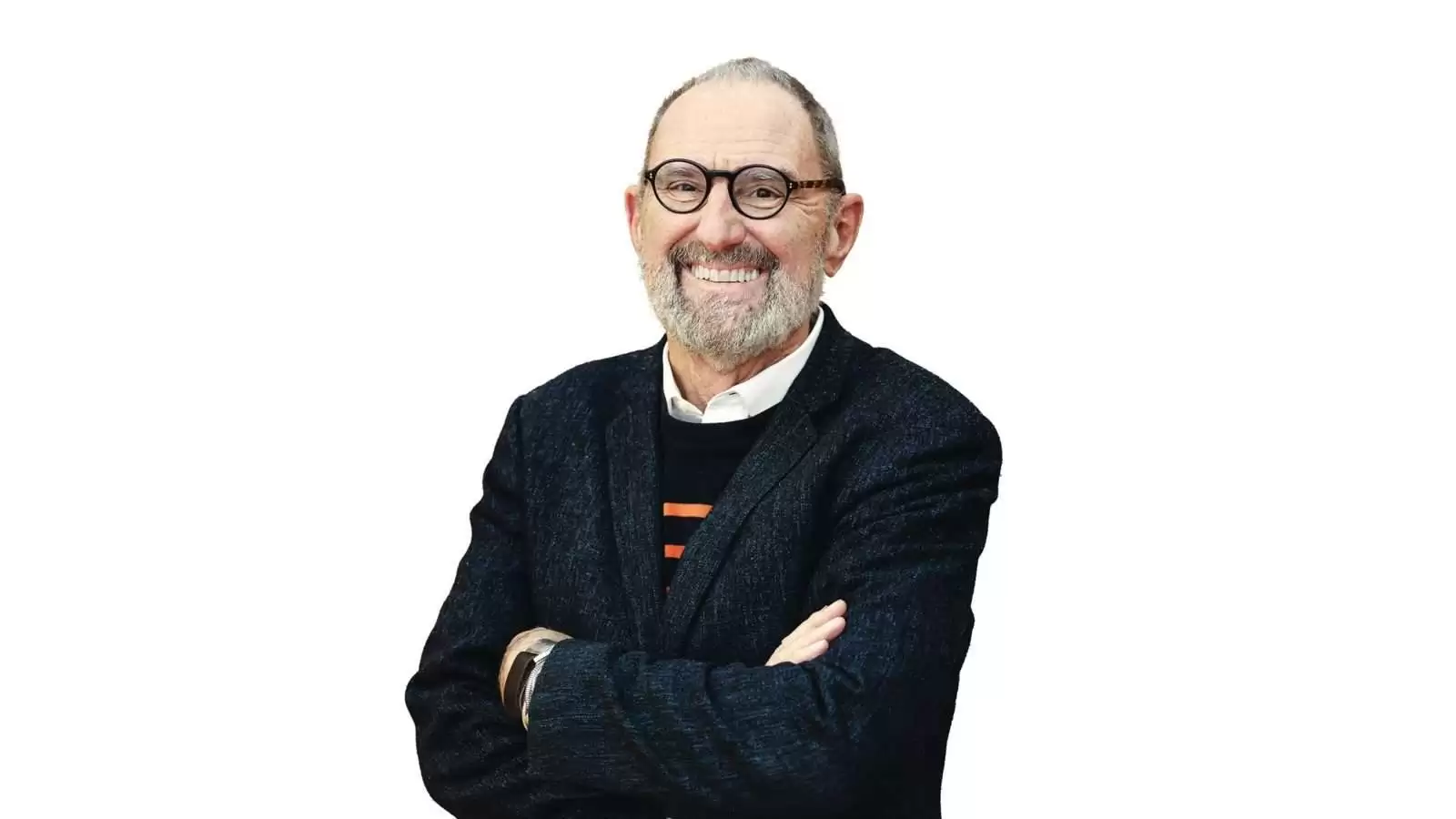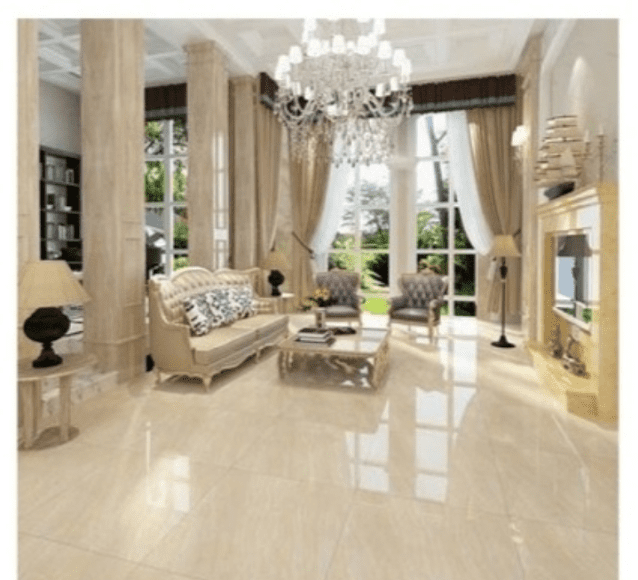Thom Mayne’s remarks about architects taking responsibility for shaping the world,
Morphosis founder Thom Mayne, who is said to work for Saudi mega-corporation The Line,
made clear his desire to work on complex city-wide projects at a talk in New York City.
Speaking at a talk hosted by the American Institute of Architects at the Center for Architecture in Manhattan, the Pritzker Architecture Prize winner said his interest in complexity drove him to develop larger projects.
“Unfortunately, I won’t be able to show you my two most interesting projects,
both of which are cities,” he said, including “something big planning in Saudi Arabia that I can’t talk about.”
Volume continues to increase and we have to keep up
When architect Winka Dubbeldam, who was running the event,
was asked to “tell us a little bit about that city of the future without talking about the project,” he said:
“The ability to build complex organizational ideas, to deal with the huge variance of issues in systems is what you do.”
His studio, Morphosis, is believed to be designing a 170-kilometer-long mirror megacity in Saudi Arabia called The Line.
“Volume is going to continue to increase and we have to keep up,” Main said.
“Something more complex needs to be taken up, where architects have a responsibility to shape the world.”
“And that responsibility comes with risks, like all professions.”

Mayne is known for designing government projects
Maine, who founded Morphosis in 1972, is best known for designing government and large-scale projects including a giant skyscraper in Shenzhen as well as the San Francisco Federal Building.
To design the more complex projects he believes the world needs, he said,
architecture must move beyond “appearance” and start focusing on “broader issues”.
Like relationships with the landscape, doing so would involve computational artificial intelligence.
As Mayne, who wants to promote a question-based approach to architecture
that manages complexity while allowing for contingency, said, “a certain aspect of creativity comes from the real world, the scientific world.”
The need to start thinking like Tesla
In Mayne ‘s concept, part of dealing with complexity requires balancing pragmatism, randomness, and style.
He believes that architects need to embrace aspects of the profession beyond design, including the interdependence and design work.
Maine cited Tesla as an example of a company that places emphasis on environmental aspects,
mechanical efficiency and performance above product appearance.
“We have to start thinking this way,” he said, referring to architecture as”teamwork.”
“Because you can’t isolate design as the appearance of something,” he added.
“And it’s a dangerous place to be a professional, isn’t it?”
Using the Excellence in Design program and interacting with politicians linking architecture and spending as an example,
“Design,” Mayne said, “we don’t want that, just capability.
Don’t even talk about design. That’s not really what the issues are.”

The theory is more dangerous than useful
Another problem that Mayne talked about is the huge emphasis on theory in concepts in the architectural world.
“I’ve been suspicious, just instinctively, since I was a kid, of the academic world,” he said.
“I think the theory is probably more dangerous than it is useful.”
“I am Theodore Roosevelt’s man; you must enter the arena if you want to make a difference,
if you really want to shape the world.”
Main also referred to his experience with AI software,
saying it could be key to dealing with the complexity facing contemporary architecture.
He said it works to “produce the brain” which then produces work.
“Using artificial intelligence, I am developing a system that develops things that I can look at infinitely,” he added.
“I’m interested in opportunities, etc., endless opportunities.”
AI will “infiltrate” the profession, predicting a reduction in the number of architects in individual studios to a more “intimate” level.
For more architectural news




